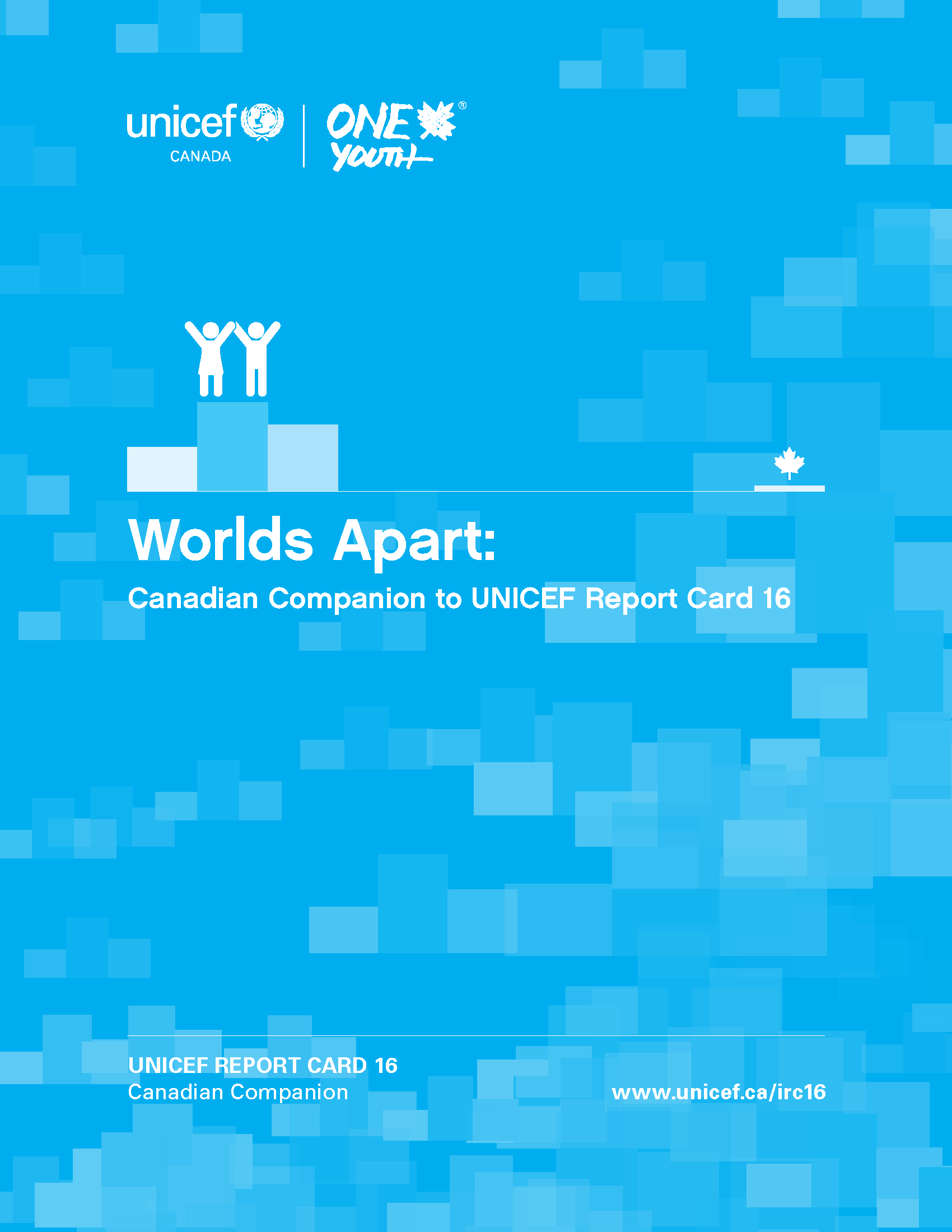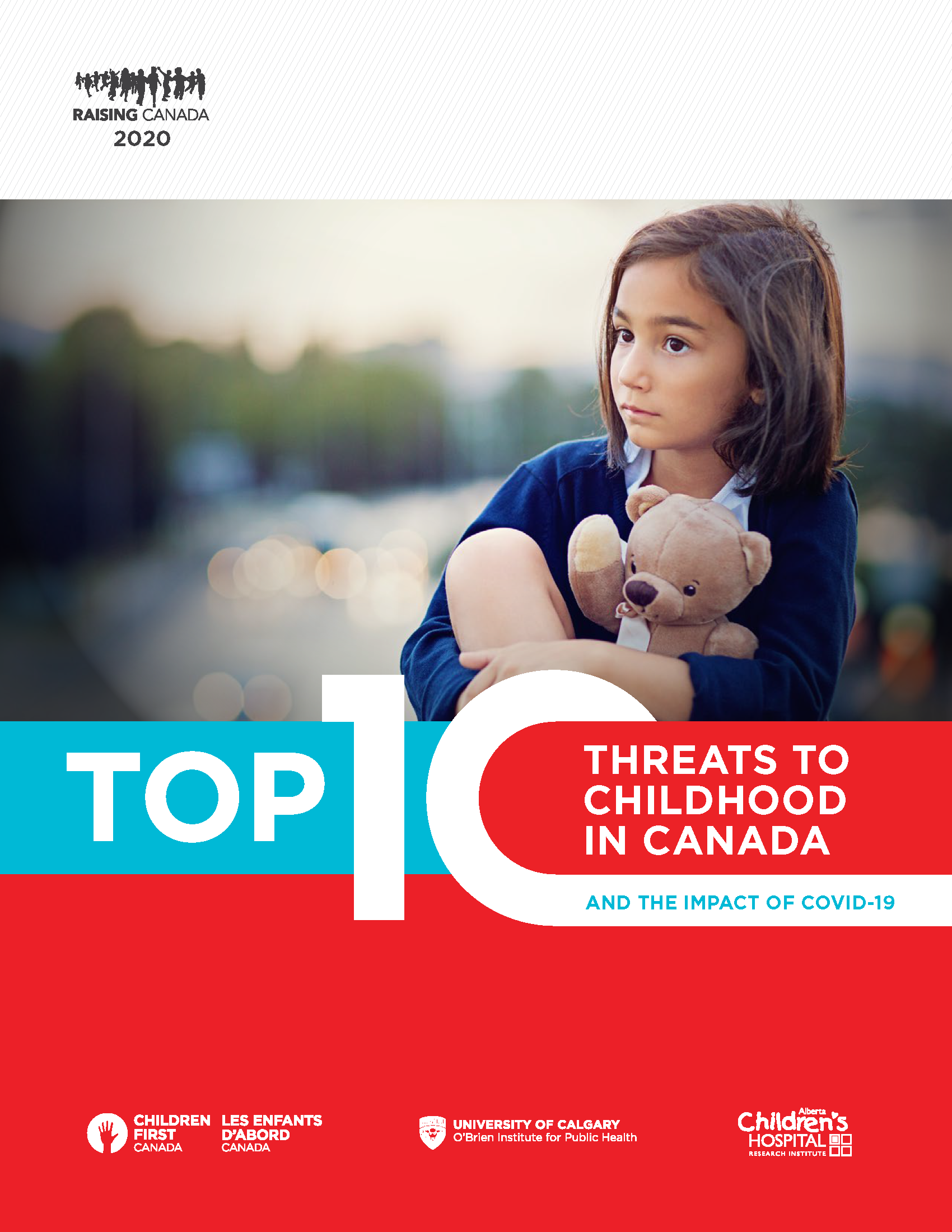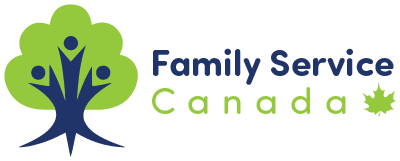New Reports Highlight Significant Challenges facing Canadian Children
“…despite an overall trend of rising economic wealth in Canada, many aspects of children’s lives are not improving. In fact, Canada is among a handful of rich countries with the best conditions for growing up, but the poorest outcomes for children.”
David Morley,
President and Chief Executive Officer of UNICEF Canada
In Canada, there is so much to celebrate and many reasons to be grateful. Globally speaking, Canadians are very fortunate. In 2019, Canada appeared on multiple top ten lists: economy, quality of life, healthcare system, education, and more.
Even so, we know that Canadians still face significant challenges. Two recent reports highlight some of the most significant issues facing Canadian children. Overall, Canada ranks 30th in child well-being among 38 of the world’s wealthiest countries. Both reports are worth reading and provide valuable context not captured in this blog post.
Raising Canada 2020 explores the top 10 threats for children in Canada. These include unintentional and preventable injuries, poor mental health, child abuse, poverty, infant mortality, physical inactivity, food insecurity, systemic racism and discrimination, vaccine-preventable illnesses, bullying. Many of these are the key issues that family service agencies across Canada support families to work through.
The stats below, from UNICEF’s report, provide some sense of the scale of these issues. To support Canadians, organizations providing family and community services need your support.
- Only 77% of Canadian youth at age 15 report at least a moderate level of life satisfaction (compare with 81% in 2014).
- 32% of children aged 11 to 15 experience two or more psychological symptoms of distress every week, such as headaches, trouble sleeping or stomach aches.
- 26% of youth don’t feel supported by their family. (The average among other wealthy nations is 14%).
- 20% of Canadian youth report being bullied and the rate of frequent bullying continues to rise.
- Canada ranks 35th of 38 for teen suicide, with a rate of 9.0 in 100,000 adolescents aged 15 to 19 dying by suicide.
- The rate of suicide is more than 30 times higher among Inuit young people. It’s also higher among First Nations and gender diverse young people.
- In Canada, suicide is the second leading cause of death for youth age 15-24 and the leading cause of death for children age 10-14.
- Canada ranks 28th for child mortality with a rate of 0.98 per 1000 children age 5 to 14. That rate is significantly higher in communities where extreme poverty and social exclusion continue to be experienced by First Nations and Black populations.
- 1 in 3 Canadian children is obese, presenting serious risks for both mental and physical health.
- Canada ranks 13th when it comes to academic proficiency, but that higher placement masks significant concern. At age 15, 32%, or 1 in 3 Canadian children, fall below the minimum level of proficiency for reading and math. Like the other measures, this affects some Canadians more than others. Children from less affluent families and communities, particularly First Nations, Inuit and Black children, are disproportionately left behind.
While it’s helpful to see some of these stats, we also encourage you to read the reports for yourself. The two documents provide a great deal of context for these numbers. They illuminate the significance of these challenges, the complexity, and the disproportionate impacts faced by racialized children.
Read: Worlds Apart: Canadian Companion to UNICEF Report Card 16 (Link to External PDF)
Read: Raising Canada 2020: Top 10 Threats to Childhood in Canada (Link to External PDF)




